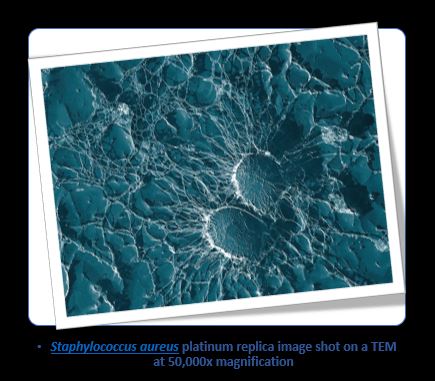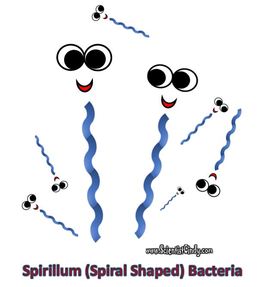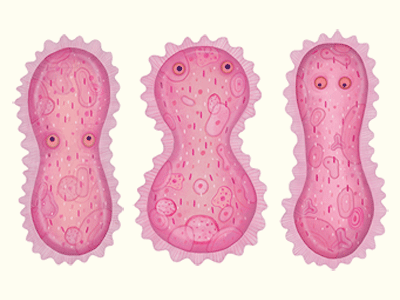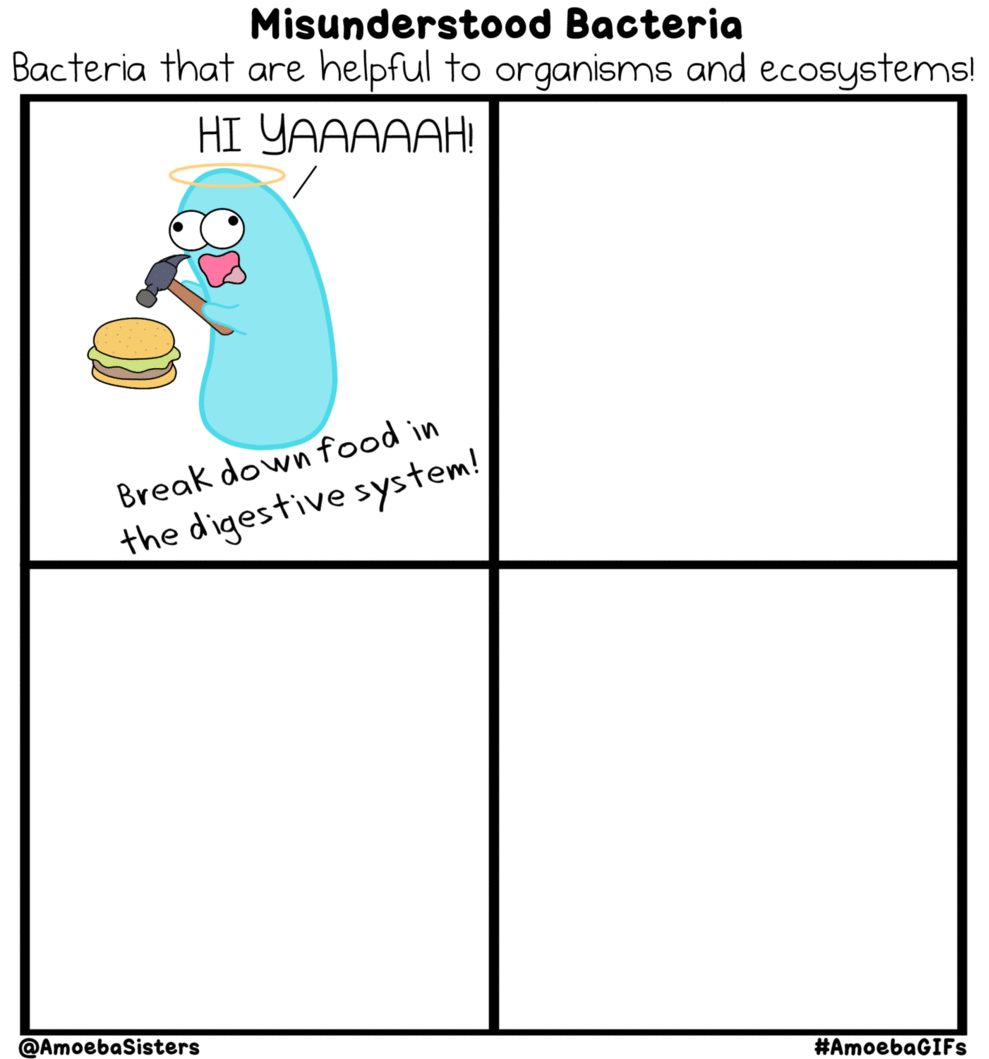|
|
|
The Ecological Roles of Bacteria
Anatomy of Bacteria
Bacteria are single-cells organisms that have existed on our planet for hundreds of millions of years.
Bacteria cells are exceedingly small and enormously numerous. Bacteria have been discovered in some of the most inhospitable environments on Earth. Bacteria have been found in not only is water and soil samples, but in sulfurous underwater sea vents, acidic hot springs, and even radioactive waste. A single tablespoon of soil or water can contain millions of bacteria cells. They are, by far, the most numerous life form on Earth.
Bacteria can be categorized by their shape. Spherical or round bacteria are called "coccus". You might recognize this term as part of the names of bacterial species like Staphylococcus aureus and Streptococcus pneumonia.
Harmful Bacteria - (Parasitic Bacteria)
A parasitic symbiotic relationship is one in which one organism is benefited while the other organism is harmed. There are many species of bacteria that act as parasites to humans and other organisms. These parasitic bacteria are called "pathogenic", because cause diseases. |
Pathogenic bacteria have mechanisms that evade the host's immune system. They then multiply and occupy space and consume nutrients at great cost to the host. In addition, these parasitic bacteria produce toxic substances (endotoxins and exotoxins) that produce symptoms of the disease in the host.
|
Many species (strains) of bacteria are known to cause illnesses and disease. Some of these include cholera, syphilis, leprosy, anthrax and the bubonic plague (otherwise known as "the black death"). Developed countries combat these bacterial infections using antibiotics. Developing countries, however, still encounter millions of deaths per year due to bacterial infections such as tuberculosis. |
Helpful Bacteria (Mutualistic Bacterial)
Bacteria are an integral (and even necessary) part of the human body. It is estimated that the human body itself consists of 10 times more bacteria cells than human cells! That comes to a whopping 100-trillion bacterial cells. The portion of our bodies that consist of these bacterial cells has been coined "the human microbiome". |
In fact, co-existing with certain bacteria is SO necessary for good heath, that a billion-dollar industry has formed providing these bacteria to consumers in the form of pills labelled "probiotics"!
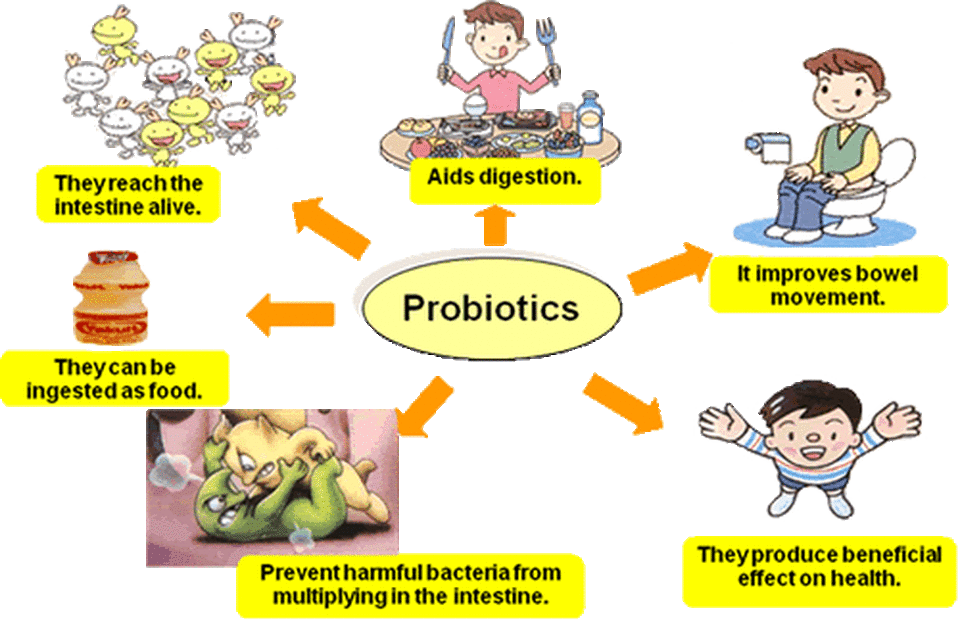
Illustration Courtesy of alivebynature.com/lactobacillus-gasseri-the-weight-loss-probiotic
Humans and other animals have a mutualistic symbiotic relationship with many species of bacteria that make their home in the our mouth, nose, throat, and intestines.

A mutualistic relationship is beneficial to both organisms involved. In this situation, the bacteria benefit from using the host as a habitat that provides the nutrients bacteria need to survive. The human (or animal) benefits from this relationship, because the 'good' bacteria helps prevent harmful bacterial or fungal infections. Bacteria reside on our skin, in our mouth, in our lungs, in our nose, on our eyelashes and in in our eyes! Healthy bacteria reside in the vagina that function to regulate the growth of yeast and, thereby, help protect against yeast infections. Healthy bacteria in our gut allow for the proper digestion of food, for the movement of waste through the bowels and for proper elimination of waste. Good bacteria help to defend against the invasion of bad bacteria by populating vulnerable areas (such as the mucosa of body cavities) and sequestering the available resources.
Bacteria in Decomposition (Nutrient Cycling)
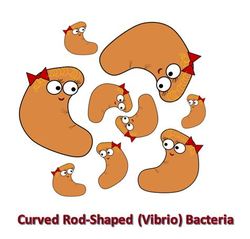
Bacteria are important for recycling nutrients within the ecosystem. All life as we know it on planet Earth is carbon-based. Carbon and carbon-containing compounds (like organic molecules) are essential to life on Earth. When organisms die, the carbon contained within the organism must be broken down by bacteria (and fungi) into a form that can be recycled and reused. This process of decomposition releases vital nutrients back into the soil. Some species of bacteria can even process inorganic substances (substances that are not carbon-based) like methane, sulfur and hydrogen into molecules used for biological energy.
The Nitrogen Cycle

Nitrates are also introduced to the soil during decomposition of organisms. Decomposition occurs through decomposers like bacteria and fungi. This process breaks down the components of the dead organism and returns them to the soil.
Cyanobacteria in Marine and Aquatic Ecosystems
Cyanobacteria were the first organisms on Earth to photosynthesize. Cyanobacteria played a key role in changing the atmosphere of early Earth so that it contained more oxygen.
Cyanobacteria continue to play an important role many marine and aquatic ecosystems still today, as producers and as decomposers.
CYANOBACTERIA

By Kelvinsong - Own work, CC BY-SA 3.0, https://commons.wikimedia.org/w/index.php?curid=2412612



